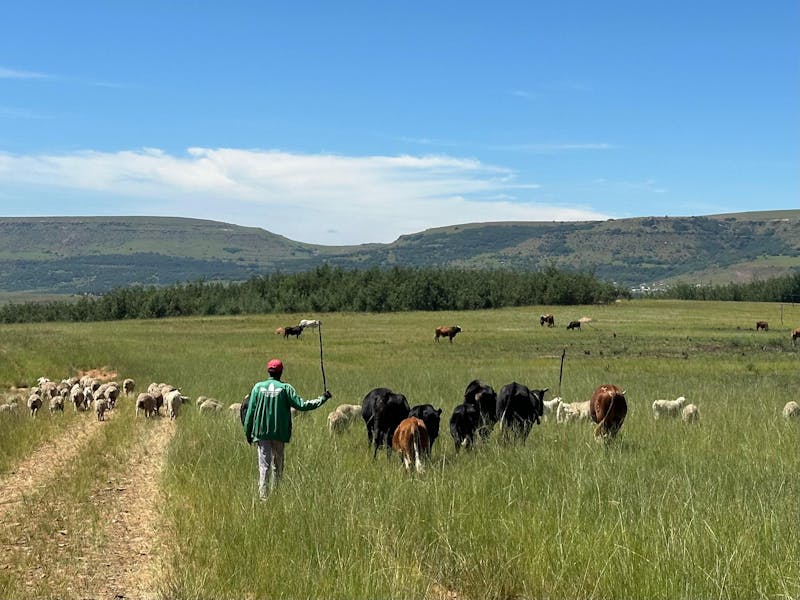Editor’s note: April is Earth Month, when we honor humanity’s shared responsibility for nature and the climate. At Conservation International, this responsibility drives us — and in honor of Earth Month, Conservation News is highlighting stories of our impact. We hope that this inspires you to carry the spirit of Earth Month throughout the year. In honor of this campaign in the coming weeks, Conservation News is spotlighting some recent stories and successes from around the world. We hope you consider supporting our work.
For much of modern history, humanity’s growth has come at the expense of nature. In the long run, economic development built on the destruction of nature is unsustainable — yet the long-term costs of clearing a forest or draining a wetland to graze cattle, plant crops or build a factory cannot always compete with short-term gains. At Conservation International, we’re flipping the economic equation that renders nature worth more dead than alive, demonstrating that a healthy environment is foundational to a healthy economy — what we call a “regenerative” economy. Here are a few recent successes from the past year.
In South Africa, people have long raised livestock alongside wildlife, mimicking the rhythms of nature. But when apartheid arrived, centuries of traditional herding were disrupted when communities were forcibly displaced from their ancestral territories, reshaping their cultural identity and way of life.
Working alongside pastoral communities, Conservation South Africa — the local affiliate of Conservation International — is restoring these vital grasslands, in part by reinvigorating a herding approach that had been practiced here for thousands of years. This effort aims to protect more than 30,000 hectares (74,000 acres) of land while establishing a replicable model to conserve grasslands throughout Africa.
Through the project, communal herders agree to move livestock periodically between different pastures, allowing grazed lands to recover. In exchange, farmers receive incentives such as vaccinations for their cattle and opportunities to sell their cattle to prime buyers. This “conservation agreement” model — developed by Conservation International 20 years ago — is reaping benefits for herders: As a result of the project, livestock have more to eat and arrive at market healthier, fatter and much more likely to command a premium price.
Read more about this simple but groundbreaking project, here.
In the Eastern Cape, livestock are both a source of income and a symbol of status, embodying a cultural legacy that spans thousands of years.
For generations, farmers in Guatemala’s coffee-growing highlands have relied on nature’s steady rhythms to guide their planting and harvesting.
Now, rains that once arrived like clockwork are increasingly erratic. Temperatures are rising. And punishing dry spells are punctuated by torrential downpours, disrupting the delicate timing needed for coffee to flower and bear fruit.
Warmer, wetter conditions have also unleashed a fungal disease that wiped out coffee farms across Central America a decade ago, causing more than US$ 3 billion in damages and leaving nearly 2 million coffee workers without a job.
Few crops are as vulnerable to climate change as coffee. As growers rethink how — and even where — they cultivate their beans, the program is one in a series of innovations and adaptations aimed at blunting future climate threats.
Read more here.
In a quest to adapt to climate change, Salvadoran farm manager Danilo Jiménez has turned to new and old techniques.
Each year, the United States generates 287 pounds of plastic per person.
Enter a California-based startup called Sway. Backed by Conservation International’s impact investment program, CI Ventures, Sway is disrupting this cycle by using seaweed to replace the plastic in packaging like food wrappers and single-use shopping bags. Their work seeks to answer a simple, yet potentially revolutionary, question: “What if plastic was regenerative rather than destructive?”
Find out how Sway turns seaweed into plastic, here.
Seaweed collected in Monterey Bay, California.
Bruno Vander Velde is the managing director of storytelling at Conservation International. Want to read more stories like this? Sign up for email updates. Also, please consider supporting our critical work.
Source: www.conservation.org
